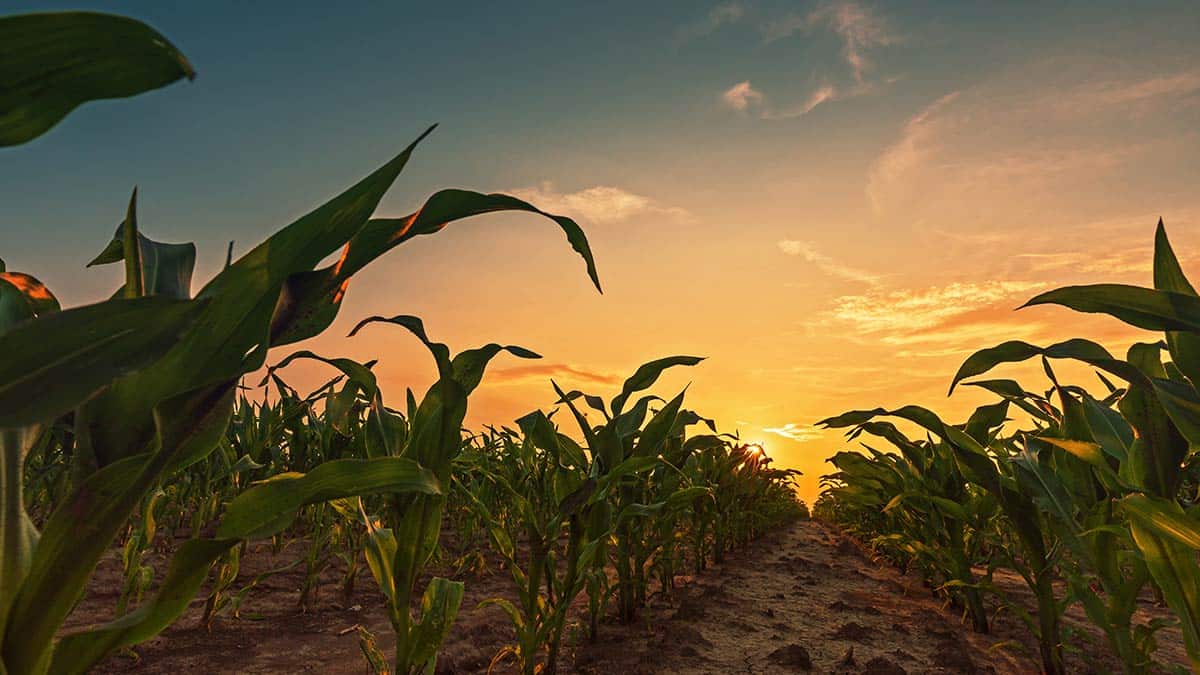Farmland is a unique asset class. It continues to steadily appreciate in value and produces annual cash income. As a farmer, revenue is derived from crop sales. But as a non-operating landowner, annual cash rent can be in the range of 2 – 5% of the farm’s value. And if you’re setting a fair cash rent, your income will increase with commodity prices or inflation.
But as we all know, farmland is very expensive. Farm mortgages are readily available, though an average Loan-to-Value ratio (LTV) is 70% – meaning that a borrower should expect a 30% down payment at the time of purchase. While that’s certainly a hefty price, farmland is worth it, in more ways than one. This article will lay out how to structure a capital-efficient farmland purchase or in other words, how to make your farm mortgage work for you.
Down Payment
While farmland is generally seen as a stable equity investment, lenders have a riskier view. Farmer bankruptcy protections (for more information, see here) are very helpful for family farmers but make it more difficult for a lender to recoup payment on a defaulted loan. And since a farm mortgage could be a second mortgage for folks who already have a home mortgage, it’s seen as a riskier asset. As a result, interest rates on farmland are significantly higher than home mortgage rates (think ~2.0% across all maturities as a frame of reference) and down payments are a lot higher (30% vs a residential down payment of 10%).
These factors can make farmland entirely unaffordable for lots of people. But for non-operating landowners, the annual rent income on the farm could cover a farm mortgage payment each year. This means that the only actual cash to be invested is the down payment. In other words, a landowner could spend 30% of an asset’s value to own 100% of the appreciating asset.
A Real-Life Example
Let’s look at a real example. A 100-acre farm in Illinois is available for sale for $12,000/acre, or $1.2m total. For that purchase value, let’s assume a 65% LTV, meaning a buyer must have 35% available as a down payment ($420,000).
For the remaining farm mortgage value ($780,000), let’s look at a 30-year fixed payment schedule. At a 6.50% interest rate (remember, farmland rates are materially higher than home mortgages), we can expect an annual payment of $59,730.40.
Let’s assume a cap rate on the farm of 4.0% – that means annual cash rent in Year 1 would be $48,0000. This income can offset the annual mortgage payment in Year 1, requiring the landowner to pay only $11,730.40 to service a farm valued at $1.2m.

That still requires a cash outlay from the landowner – but remember that farmland steadily appreciates over time. According to the USDA, over the last 50 years, farmland has appreciated 5.7% annually. So the value of the farm purchased in 2022 ($1.2m value + $48,000 cash rent) could now be worth $1.27m. Keeping the same 4.0% cap rate, 2023 cash rent could be $50,736. By year 5, the farm would theoretically have appreciated enough where annual cash rent would be greater than the mortgage payment. At the end of the 30-year mortgage, the farm could be worth $6m. The entire farm mortgage would have cost just over $2.2m (the $420k down payment plus $1.8m in principal and interest). And assuming a 4.0% cap rate is maintained throughout the 30-year period, the farm would have generated an additional ~$3.6m in cash rent. Excess cash returns over the 30-year period would be roughly $1.4m. For a $420,000 one-time payment, the farm could sell for over $6m. Not too shabby!


